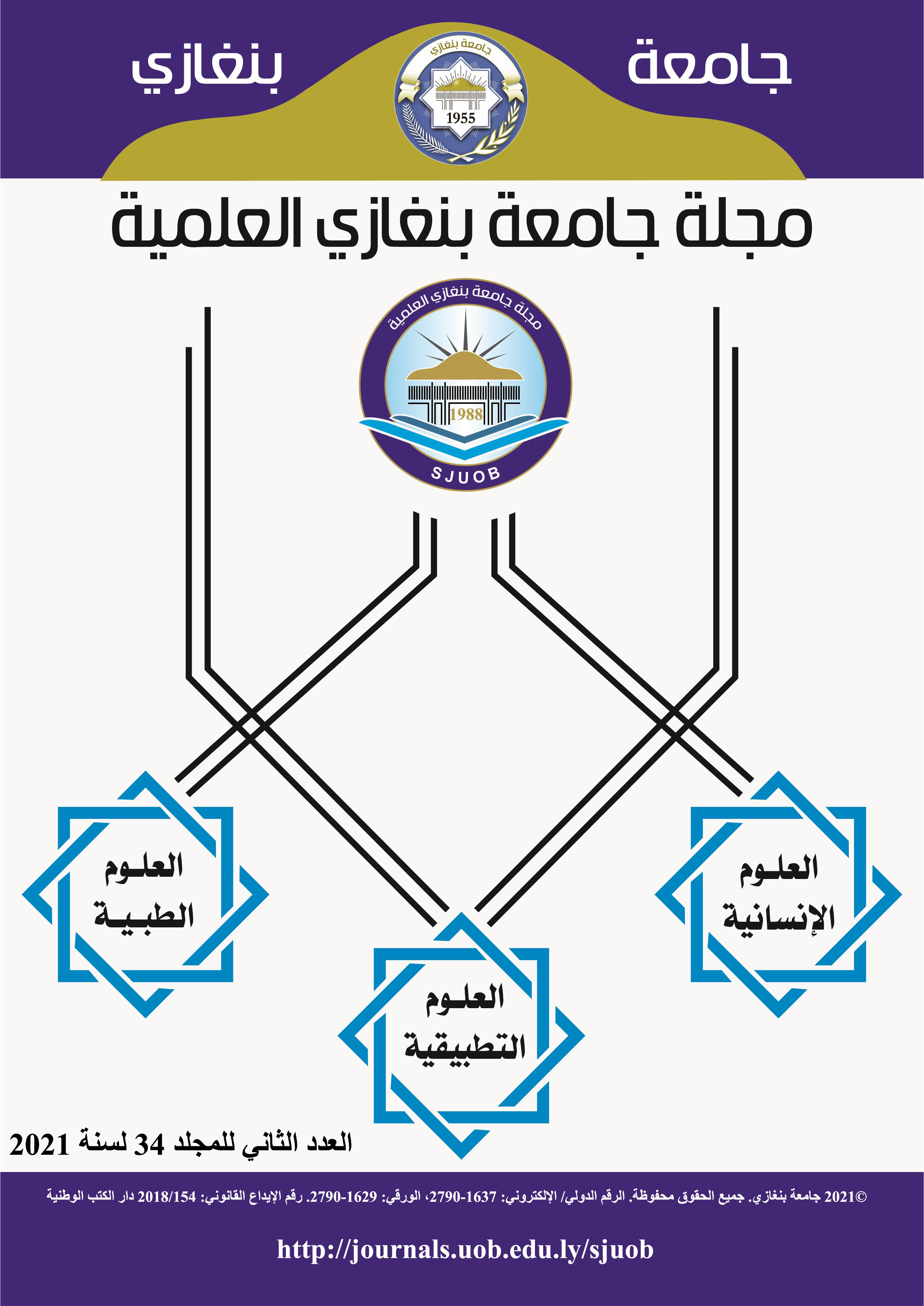Improvement of Motor Nerve Regeneration Using the Nanofibrils Technique in Adult Mongrel Dogs
DOI:
https://doi.org/10.37376/sjuob.v34i2.3235Keywords:
Dog motor nerve, histology, nanofibrils, regeneration, nanofibrils;Abstract
The dog was selected as the experimental animal due to the fact that the larger the animal, the higher the regenerative power which depends mainly on the size of the nerve in use. Nine adult mongrel dogs were included in this study which aimed at evaluating motor nerve regeneration using nanofibrils technique for the purpose of developing a rationale for a minimal morbidity. A one and half cm gap was made in the common peroneal nerve by the direct cutting of both sides (proximal cut and then distal to avoid the double shock). The nanofibrils were used to fill the space and cover the two fixed ends in six of the dogs and another three animals were used as control. The nerve was cut and the space in between the two fixed ends was left without nanofibrils. Four months after surgery, the regenerated nerves were evaluated by macroscopic and microscopic examination. Normal segments of the deep peroneal nerve (D.P.N.) were taken to compare the changes. All animals with implanted nanofibrils used their limbs successfully at 3-4 weeks, the animal gait returned to its normal condition without any remarkable symptoms of lameness and the joints angles displayed its normal posture. Dogs in the control group showed lameness and flexion of the upper joints all-over during the time of the experiment with marked atrophy of the limb muscles. Better organized histological structures of nanofibre in treated nerve samples than the untreated control one were noted. More compartmentation of well-differentiated myelinated nerve fibers into several small nerve bundles in nanofibre treated nerve trunks compared with fewer bundles in the untreated control group. Connective tissue stroma (epineurium, perineurium and endoneurum) were more prominent with relatively higher numbers of small blood vessels compared with the untreated control group. Thus we concluded that nanofibres can be regarded as an efficient regeneration enhancing material in peripheral nerve injuries.
Downloads
Downloads
Published
How to Cite
Issue
Section
License
Copyright (c) 2022 The Scientific Journal of University of Benghazi

This work is licensed under a Creative Commons Attribution-NonCommercial-NoDerivatives 4.0 International License.



















